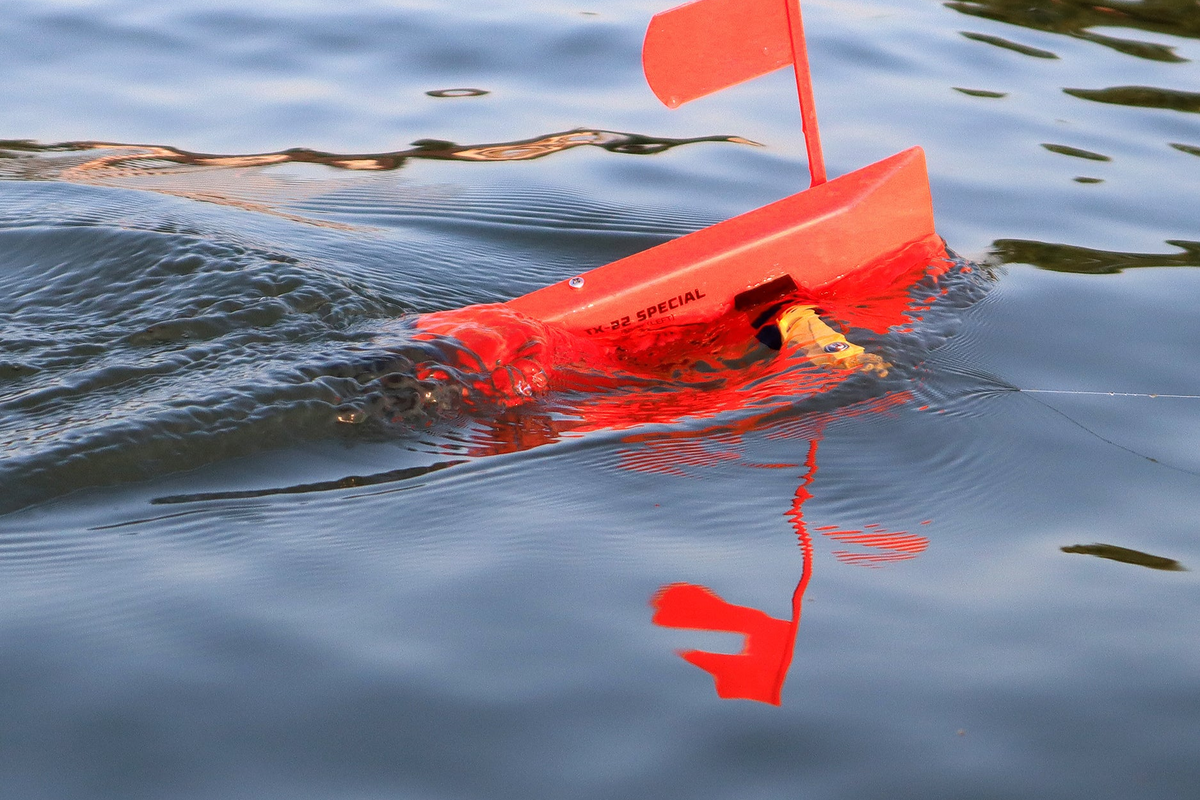
How And Why To Use Planer Boards For Trolling
|
|
Time to read 2 min
|
|
Time to read 2 min
For many anglers, trolling is a go to method of fishing. Whether you’re going after walleyes on sand bars, or chasing salmon and trout in the Great Lakes, it’s a great way to put a bunch of fish in the boat. However, once you get much beyond two lines in your boat, you run into a problem of where to actually put more lines. That’s where planer boards come into play.
Let’s start with what planer boards actually are. These are devices that are typically made from plastic and foam. They clip onto your line and move your line and lure presentation out and away from the boat. So why use them?
The first reason why you’d want to use them is to expand your coverage area and give you the ability to fish more lines. Because they spread out your lines away from the boat, you make more room to put in more lines behind the boat. When you can do this, you have a better chance at catching more fish. (more lines = more fish, right?)
It’s not just about getting more lines in the water though. You can also use planer boards as a way to scout out different depths and figure out where the fish are. You can use them to put your lines into shallower water that you may not want your boat to go through, while also spreading some out into deeper water. Their ability to go out and fish in shallow water also gives you the ability to be more stealthy, letting you fish in areas that if you drove your boat over you’d scare the fish away.
When you go to set up your planer board on your trolling rig, here’s some things to keep in mind:
After some time trolling, chances are you’re going to hook into a fish. When this happens, either the force from the fish striking will trigger the release, or you’ll have to pull on the line to pop it off the release. If you don’t do this, you’ll be fighting both the fish and the planer board, leading to lost fish (trust us).
If you have multiple boards out on each side of the boat, and your outside board gets a fish, it’s a good idea to either bring in the inside board to avoid tangles or try your best to guide your fish over the inside boards.